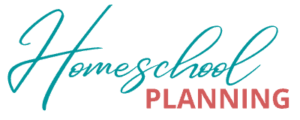When searching for homeschool curriculum you will come across a lot of words and ideas you may never have heard before. So how are you supposed to choose a curriculum if you don’t even understand what all these words mean? Well, now you will understand if you keep reading this post!
In this post are a few curriculum terms that you may not understand when it comes to homeschooling. I’ve tried to divide them into groups of similar words rather than alphabetically.
So keep reading and I’ll break them down for you.
*Note: This post contains affiliate links, which means I receive a small commission, at no extra cost to you, if you make a purchase using the link. Please see my disclosure for more details.

Curriculum terms: styles
This first group of curriculum terms is based on styles of curriculum. How the resource is set up, which subjects it covers, ease of use, and its approach to the information.
All-in-one
An all-in-one curriculum includes all the subjects needed to complete a basic education for one term, which is usually one year. Typical subjects included are Language Arts, Science, History, and Math. Some will also include Art, Bible, or other electives as well. They are usually based on national standards and sold by grade level.
The boxed curriculum sets will include daily lesson plans and a list of work to be completed each day within the given time period. Recommendations for grading assignments are also included. An all-in-one curriculum will be all the basics you need to homeschool your child for one year.
Cross-curricular
A cross-curricular curriculum covers multiple subjects in one. For instance, you may cover a history topic together, look at art of that time period, then learn about the geography of the location. You may follow that by reading a related book and writing a report. This lesson would be cross-curricular, covering the subjects of history, art, geography, literature, and writing. Unit studies are great examples of cross-curricular curriculum.
Family-style
A family-style curriculum is one that can be used by the whole family at once, giving one lesson with follow-up activities for kids at multiple age levels. Like a one-room schoolhouse, this can bring ease to larger families so parents don’t have to track multiple curricula at once for each child.
Family-style curricula can be found that are unit studies and cover multiple subjects at once, but are also often found for single subjects, like science or history. Some curricula will easily work in this way for large age ranges, while others are for a smaller range.
Examples of family-style curricula include Gather ‘Round Homeschool, Story of the World, Good and the Beautiful Science, Pandia Press, Sonlight, Bookshark, and Mystery of History.

Open-and-go
An open-and-go curriculum takes little to no prep time before you use it to teach your kids. It is made so that you will just open the book when you’re ready and start using it. Open-and-go curricula will often have lessons written in a conversational format where everything you as the parent/teacher should say is written there, including questions to ask, followed by examples of answers your kids might say in response.
You may find some people liken this term to an all-in-one curriculum, and while many all-in-one programs are open-and-go, the reverse is not always true. They are not synonymous.
Some all-in-one programs require prep, planning, and understanding to use. While others, you can literally just use. Of course, there are also some programs in which you can prepare everything in advance so it becomes an open-and-go curriculum throughout the year.
Examples of open-and-go curricula are Story of the World, All About Reading, Real Science Odyssey, The Good and the Beautiful, and Masterbooks.
Spiral approach
Spiral approach is a term used most often when referring to a math curriculum, but can be used for other skill-building subjects as well. A spiral approach refers to how topics are covered. One topic will be touched on briefly before moving on to the next topic then later spiraling back to the first topic in more depth. Learning continues a little at a time on several topics at once, with review of previous topics all the time. All topics will be covered in depth by the end of the curriculum.
Some find the spiral style of curriculum overwhelming due to the number of problems needed to continually review all the topics. The amount of review can be annoying for students who understand the concept but are required to continue practicing before moving on.
Examples of spiral approach math curricula include Saxon, Horizons, Teaching Textbooks, and BJU.
This approach is in opposition to the mastery approach. See the definition of mastery approach below for more information.
Mastery approach
Mastery approach is a term used most often when referring to a math curriculum, but can be used for other skill-building subjects as well. A mastery approach refers to how topics are covered in succession. One topic should be mastered in-depth before moving to the next topic, kind of like a staircase. Each topic is covered in depth and often tested before moving on. Topics will build on the previous topic, so moving on before mastery can be a hindrance to continued learning.
Some find mastery-style curriculum boring and too much at once, since so much time is spent just on one new big idea at a time. Others also feel that the mastery approach does not include enough review of previous topics, which can lead to forgetting previous ideas.
Example of mastery style math curriculum is Math-U-See, Singapore Math, Math Mammoth, and RightStart.
This approach is in opposition to the spiral approach. See the definition of spiral approach above for more information.

Worksheet alternatives
Homeschoolers don’t have to use the same tools as public schools. Worksheets help show that the child is learning and comprehending. But there are other ways to help us as teachers to see these same things. This next group of homeschool lingo will explain some of these alternatives.
Notebooking
Notebooking is a fun way for your kids to “show-and-tell” the information they are learning. They can write, draw, and arrange information on pages kept within a notebook for later review and remembrance. Think about da Vinci and his journals or Thomas Jefferson and the notebook he carried everywhere.
Some notebooking pages have guided topics and questions but in a looser sense than typical worksheets. They are not meant to test a student’s knowledge. Instead, they are more open-ended, allowing kids to write what they learn in their own words, like a written narration. This helps with the fear of a blank page.
Notebooking is more or less a learning journal that kids create as they learn new topics. Many families will do this instead of using guided worksheets.
A couple great resources for homeschool notebooking is Notebookingpages.com and this article from the Unlikely Homeschool.
Nature Journal
Nature journals can be as complex or easy as you desire. At its core, a nature journal is a notebook where you write and draw what you see and learn in nature. Some journals have guided prompts but you can just use any notebook you like.
Those who create nature journals may note changes with the weather and seasons, what flowers and animals they see, and even keep samples of leaves or bark rubbings. Draw what you see then write what it is. Make notes on things to learn more about.
Nature journaling can be a simple approach to science in homeschooling, used right alongside nature study.
For more on nature journaling, check out the book Keeping a Nature Journal. Also be sure to check out this guided nature journal from the Good and the Beautiful.
Lapbooking
Lapbooks are a collection of small books and activities that are created, cut, and glued into a larger book made of file folders that fit in your lap. A scrapbook of sorts, lapbooks are a fun and creative way to demonstrate learning while creating a memorable book for later review.
Pre-made lapbooks can be found for most subjects or you can create your own as you learn a topic. Lapbooks are often used alongside history, science, or other unit studies.
Great sites for lapbooks include A Journey Through Learning, Homeschool in the Woods, and Homeschool Share.

Narration
Narration is a practice used in Charlotte Mason and sometimes Classical education styles. After reading a portion from a book, the student will then narrate aloud what happened in the story in their own words. This daily practice demonstrates the child’s understanding without needing comprehension questions or book reports.
But it is not just for testing understanding, but also a way to develop thinking skills and the organization of thoughts. It is also a great way to talk with your child about what they are reading and learning.
As children age, narration can be written down as a means for further writing practice.
Copywork
Copywork is simply taking a passage from a book and re-writing or copying it by hand. Many do this with novel passages, scripture, poetry, or even lists. It is great for all ages, and can naturally be advanced in difficulty as children get older.
But copywork is not only good for practicing handwriting skills! It helps kids to pay attention to details, increases fine motor skills, and helps with vocabulary, grammar, and spelling. It can also help children get exposed to different writing styles.
It has been said that the act of physically writing can help us to remember and better take in what we are writing. It also helps us to slow down and be a little more mindful. So this simple act of copying a passage from a book can reinforce so many needed skills.
Dictation
Dictation is when your student writes down something they hear, hopefully with correct punctuation and spelling. THis is the next step after copywork, and in homeschooling is often done by the parent reading a passage from a book with the child writing it out.
Dictation is a great way for students to practice grammar and spelling skills without having to also come up with the words to write down. This can help students be able to focus more on the tasks at hand.
Dictation is also great for other skills like handwriting and vocabulary. It helps kids pay attention to details, increases fine motor skills, and can help children get exposed to different writing styles through the passages they write out.

Learning ideas
The next group of curriculum terms gives us some non-traditional approaches and names for learning ideas. Check out these terms for some great learning ideas.
Living books
Living books are quality books that are often narrative in form, giving the facts while telling a story. A living book is titled in opposition to textbooks that give facts in a dry way. These engaging living books are often written by someone with a passion and expertise on the subject, bringing the subject to life.
Living books are used in literature-based curriculum as well as in Charlotte Mason style.
Nature study
Nature study is simply the study of nature, and is done by actually being in nature. It is common in a Charlotte Mason education style but can be used in combination with any homeschool style.
It can be guided by what you find in nature followed by finding books and information on a topic of interest to your child. Or it can be guided by topic, where you will start with the idea, books, and information, then go find it in nature like a scavenger hunt.
One of the most important parts of nature study is that your family learns in a hands-on way by exploring nature and how it works.
Curriculum is not needed for nature study, though there is no shortage of idea books and suggestions for activities. Some sites to check out for this idea are NatureStudyHomeschool.com, and 1000HoursOutside.com
Picture study
Picture study is an easy way to do art appreciation in your homeschool. To do this, you simply find a piece of art, usually a famous drawing or painting, then talk and learn about it.
When discussing the picture, you would talk about things like:
- how it looks
- what is happening in the picture
- what you see
- medium
- style or methods used
- life of the artist
- history of the work

Group Learning
Group Learning is a part of the homeschool day where you gather together all your kids and explore whatever topics you want. You may read books, watch the news, sing songs, or do a small activity.
You may also hear of similar practices that go by names like Morning Time, Morning Menu, Morning Basket, Morning Meeting, or Circle Time. This group learning may be at any point in your day. What makes it a group learning time, or whatever you choose to call it, is that it is done together as a group.
You can buy plans for supplemental learning to use at this time or create your own. You can keep it simple and just read a book together. Many use this time for subjects they do together. Science and History work especially well for this. Also, families may use group learning time to begin their regular academics as part of a family-style unit study.
For more about Group Learning, check out my post Morning Basket Made Easy.
Morning Time
Morning Time is the creation of author Cindy Rollins, based on the teaching styles of Charlotte Mason. It is a daily gathering of reading, singing, and memorizing, with an emphasis on things that are good and beautiful. The term has gained popularity in recent years and has slowly gained a more widespread meaning in some circles. See also “group learning” above.
Morning Meeting/Circle Time/Morning Basket
These titles all have different origins and can each be associated with their own special practices. But each term all relate to the same basic practice of a group learning time. See the term “group learning” above for more on this practice.
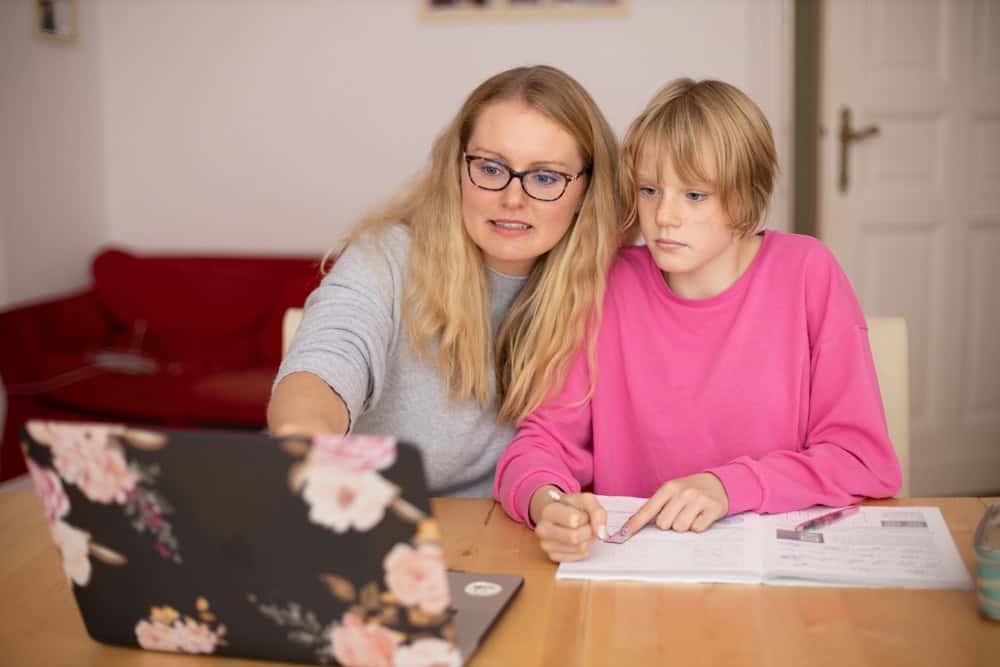
Homeschool methods
There are a lot of great methods for homeschooling! Some are more self-descriptive than others though. So these next few terms deal with some of these homeschool methods.
For a more comprehensive list of these methods, check out my post on types of homeschool styles and methods.
Literature-based
A literature-based homeschool curriculum uses books as a basis to teach different subjects. While many curricula use textbooks, this approach uses engaging books and stories that make learning interesting. Through related discussions and activities, these lessons are then expanded to cover several subject areas for a well-rounded curriculum.
Some popular options include Sonlight, Build Your Library, Bookshark, Ambleside Online, and Beautiful Feet.
For more information on this approach as well as curriculum options, check out my post about literature-based homeschool curriculum.
Project-based
Project-based homeschooling is learning with a central project as a basis. Based on the Reggio Emilia educational philosophy from Italy, it is student-led and based on their interests. You as a parent will be a guide along the way. Your student may decide to begin a garden, build a robot, or start a business. All their schoolwork will be based on this learning.
This method of homeschooling can easily be used in conjunction with some more formal work or an exclusive approach in your homeschool.
For more information on this style of homeschooling, check out the Project-based homeschooling site.
Interest-led
Interest-led learning is the practice of choosing homeschool curricula and learning resources based on the interest of your child, rather than based on a state-mandated list of instruction. This can be done with any subject but is most often discussed for subjects that are content-based (like science and history) rather than those that build on skills (like math). It is also perfect for choosing extra-curricular activities.
For instance, when using an interest-led approach to science, you may do zoology or life science for kids that love animals, paleontology for dinosaur lovers, or physics for lovers of airplanes.
On the other hand, if you have a child who loves the Little House series, you may learn about the time of pioneers, or history of aviation for that airplane lover.
Student-led
Student-led learning is to have your child lead the way in what they will learn. This goes beyond just allowing a child’s interests to lead the way. In student-led learning, students choose topics that interest them, set goals, and discover new things along the way. Parents are simply guides or facilitators to help students reflect on their learning and help them find resources to continue.
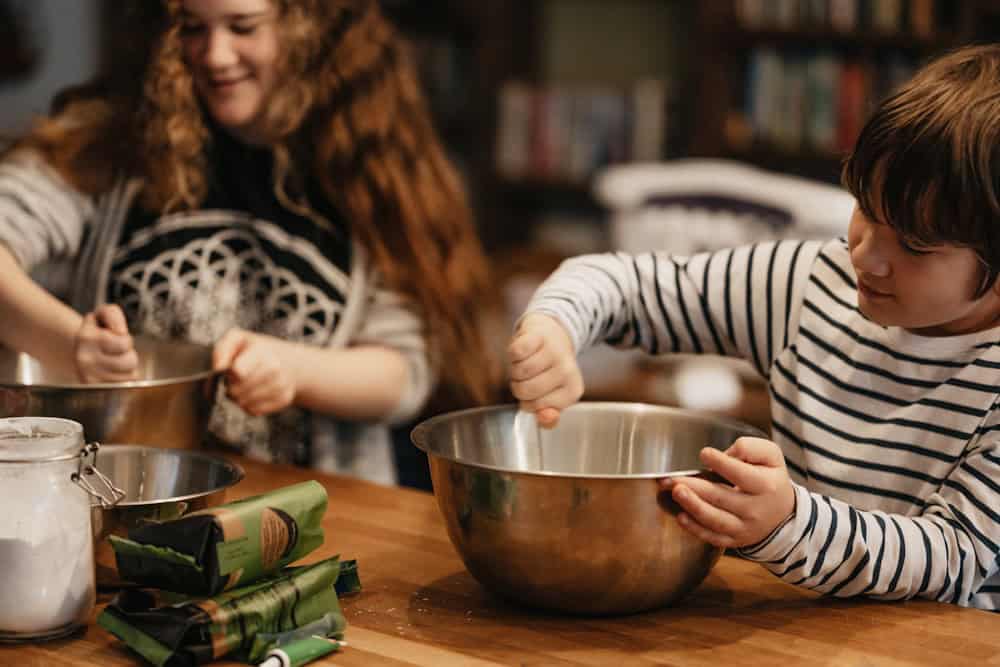
Parent-led
Parent-led learning is a style in contrast to child-led or student-led learning, where the parent will choose the topics of study and direct the learning path as they go. This is a more traditional style of education.
Unschool
Unschooling is an educational philosophy that promotes children should be trusted to learn and pursue whatever interests them, similar to how adults are free to learn. There is typically little structure to unschooling – no planning, curriculum, or scheduling. Even the name reflects the goal to remove any semblance of traditional schooling from learning. Unschooling has grown in popularity because of the writings of a former public school teacher named John Holt.
This approach is completely child-led with parents being students of their children, watching what interests them, helping them find resources and tools to learn, and guiding them through it all.
Some new to unschooling may think you can set your kids free to learn and do their own thing. But true unschooling parents will work hard to help their kids learn and grow as they discover the world around them and their passions.
Critics of unschooling consider a child-led approach to be a hindrance to a well-rounded person as they are never forced to learn something they do not wish to. Some also consider the lack of structure to be an issue for the possibility of having a successful life after high school.
Deschool
Deschooling is a new-ish concept that is used temporarily when transitioning to homeschooling from public schooling. The idea is that after removing your kids from public school, you should spend a few weeks of adjustment to unlearn the ways of public school and start finding your footing as a homeschool family.
This doesn’t mean your kids aren’t learning, but for a few weeks, they will be focusing on relaxing and resetting in order to be able to fully engage as a homeschooler when ready. It is also helpful for parents to find their own rhythms as a homeschool parent.
There is no curriculum or rules for this period of time, as that misses the point. However many parents will often include books, movies, games, projects, and other more non-traditional ways of learning.
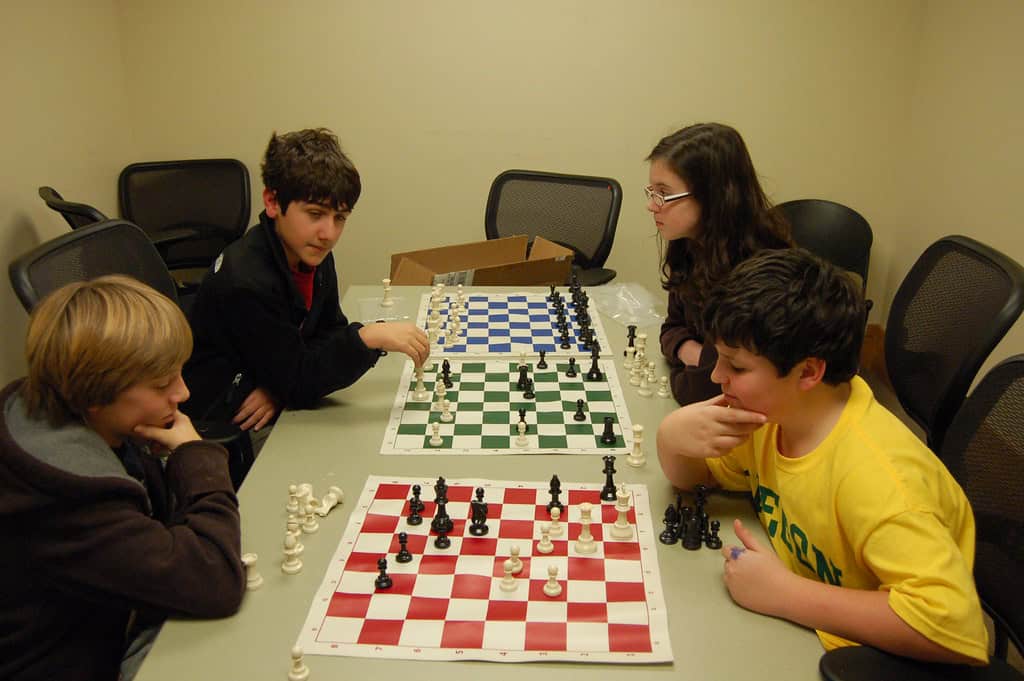
Gameschooling
Gameschooling is a relaxed approach to homeschooling that uses games to teach and reinforce concepts. This method may be used as the sole basis for learning or in conjunction with other styles of learning. There are so many amazing games out there that are quite educational. From math games to geography games to science games – there are games for every subject.
Get some great ideas for gameschooling from Waldock Way.
Roadschooling
Roadschooling is just like the name implies – schooling on the road. Many families have decided to travel full-time as a family while homeschooling their kids, while others find themselves on the road a lot due to doctor appointments, therapy sessions, or traveling for sports. Homeschooling your kids amidst all this can all be considered roadschooling.
Because of the travel, a roadschool family’s schedule will be less structured, and there may be times when traveling and sightseeing itself will be considered much of the schooling. To that end, I have heard the term used more loosely in the sense that families will use more traditional methods of schooling while on the road, and in a different sense that learning through sight-seeing is the schooling. Another similar term you may hear is car schooling, when you homeschool in the car.
Because of this there really isn’t a curriculum purely for this approach. Be sure to understand the laws associated with whatever US state you call your home base, as those are the laws you should be bound to as homeschoolers.
Eclectic
Eclectic homeschoolers are those who do not ascribe to any one type of homeschooling method, but a mix. They think of curriculum like a buffet and take what works at the time, leaving the rest. You can use whatever type of curriculum that works for your children and lifestyle at any given point, often mixing and matching styles for different children or even subjects.
Eclectic homeschoolers may teach math and writing using classical methods while using literature-based resources for history, and Charlotte Mason style for science, taking breaks every few weeks for unit studies.
Some curriculum packages that are considered eclectic are My Father’s World and Timberdoodle.
Relaxed homeschooling
Relaxed homeschooling is not as much a curriculum style as an approach to homeschooling in general. A relaxed homeschooler is flexible and not tied to strict plans or schedules. They will use curriculum as loose guidelines and change them as needed. You could also call this flexible homeschooling.
Grade levels are arbitrary, and relaxed homeschoolers will teach their child at the level they’re at rather than the level they should be. Schedules and plans are loose and often change according to the needs of the family.
Relaxed homeschooling can often be incorrectly equated with eclectic homeschooling or even unschooling, but though it can be used in combination with other styles of homeschooling, it truly is an approach all its own. It is also not as commonly referenced as many homeschool styles and will often vary from family to family.
Any homeschool curriculum (or even no curriculum!) can be used as a relaxed homeschooler. But for some ideas on ways to make your homeschool more flexible, check out how to have a flexible homeschool.

Groups and classes
Many homeschoolers will use a combination of at-home learning alongside classes done outside of the home. Some of these are in-person groups and some are online. And not every type of group or class is the same. I have included below some of the curriculum terms associated with the most common types.
Accreditation
Accreditation can be a tricky thing to understand and even more difficult to decide if it’s necessary for your family. First off, a curriculum is not accredited, but the program uproviding the curriculum is accredited.
In its basic sense, when a school is accredited with a certain curriculum, it has submitted to a private agency of accreditation what is included in the program. The agency then compares this curriculum with general standards. If it meets these standards, the curriculum gains accreditation. Periodic renewal is also required and adherence to standards is required throughout.
Because accreditation costs money and oversight to ensure it is completed to meet the required standards, these programs are generally more expensive options and require closer management of the student’s completion.
Accreditation is not at all necessary for homeschoolers to be successful or even legal. It is not even necessary for college entry. However, it can help smooth the transcript and admission process from homeschooling to college or back to a public school in the younger years.
Hybrid homeschool
Hybrid homeschool programs are a hybrid of schooling at home and schooling in a more traditional classroom setting. This term is fairly synonymous with university-style programs. See University style below for more information.
Because this is a drop-off program, tutorials can be pricier than other options. This is due in part to the teachers not being volunteers along with higher insurance costs.

University style
The University Model of schooling is a hybrid approach to homeschooling, where students will attend a school in person (or online) for 2-3 days per week and homeschool the other days. Teachers will give assignments for students to complete at home on their home days, similar to how a college or university would, which is where the name comes from.
Some public and private schools offer hybrid options like this, while some are homeschool programs. Because someone other than the parents is typically in charge of the students learning, this is not always viewed as a true homeschooling option. But is a wonderful transitionary option for many families who prefer more help and accountability.
Because this is a drop-off program, tutorials can be pricier than other options. This is due in part to the teachers not being volunteers and higher insurance costs.
Co-op
A homeschool co-op is a group of homeschool families that meet regularly and join together to do occasional lessons, often on a weekly basis. What makes it a co-op is that it is not a drop-off program, but rather a cooperative, where the parents stay on-site to teach and help in classes as volunteers. This keeps the classes affordable and allows the group to be run by those directly involved.
Some co-op groups will have classes that cover basic academics, while others will be more for fun, messy, social, or extra-curricular subjects, like art, PE, and music. Many families are involved in co-ops to allow their kids the ability to be with friends and get classes they may not be able to do on their own.
Tutorial
A tutorial is an organization that offers in-person homeschool classes, where kids are tutored. Classes will often be 1-2 days per week, with assigned homework between. These programs are traditionally drop-off programs, and the teachers (tutors) are paid by the students. Tutorial classes can be quite expensive.
Most tutorial programs offer a la carte enrollment for students to take the individual class(es) they are interested in at the time. Tutorials typically offer a range of subjects from basic academics to the arts.
Because this is a drop-off program, tutorials can be pricier than other options. This is due in part to the teachers not being volunteers and higher insurance costs.
A tutorial can be very similar to a hybrid program or university school, but is not always interchangeable.
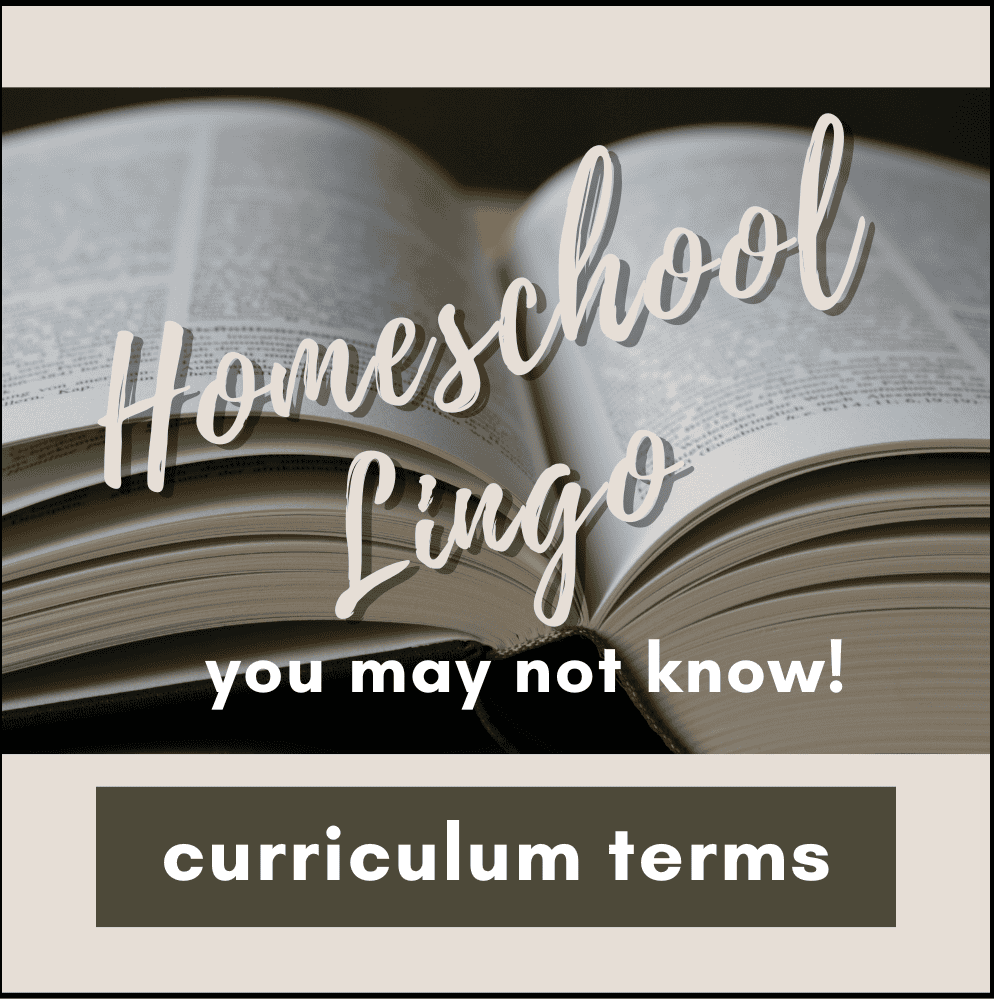
Curriculum terms
It can be nearly impossible to find a curriculum that works for your family if you don’t first understand what the terminology means. From accreditation to co-ops to notebooking, there’s no shortage of different homeschool curriculum terms to understand. I hope this primer in homeschool lingo has helped equip you to confidently navigate the homeschool curriculum world.
